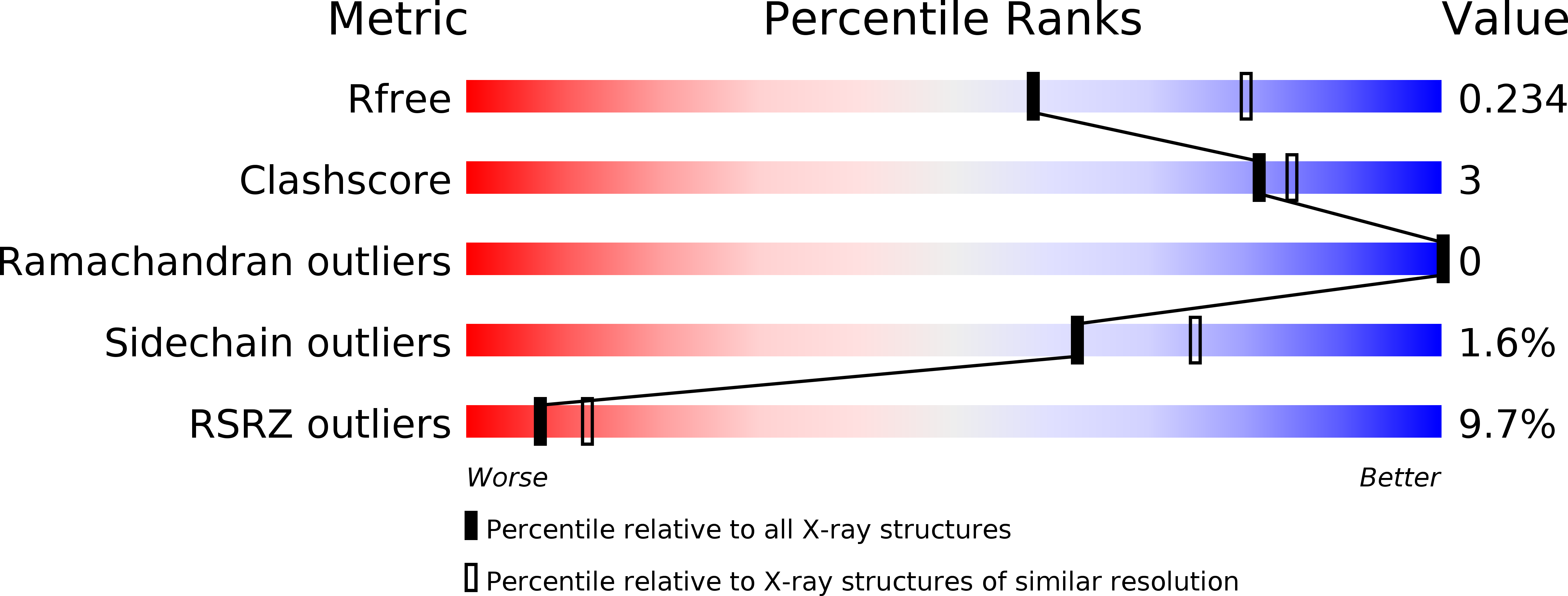
Deposition Date
2013-04-29
Release Date
2013-08-14
Last Version Date
2024-02-28
Entry Detail
PDB ID:
4KGM
Keywords:
Title:
Bacterial tRNA(HIS) Guanylyltransferase (Thg1)-Like Protein in complex with ATP
Biological Source:
Source Organism:
Bacillus thuringiensis (Taxon ID: 339854)
Host Organism:
Method Details:
Experimental Method:
Resolution:
2.36 Å
R-Value Free:
0.23
R-Value Work:
0.19
R-Value Observed:
0.20
Space Group:
C 2 2 21


